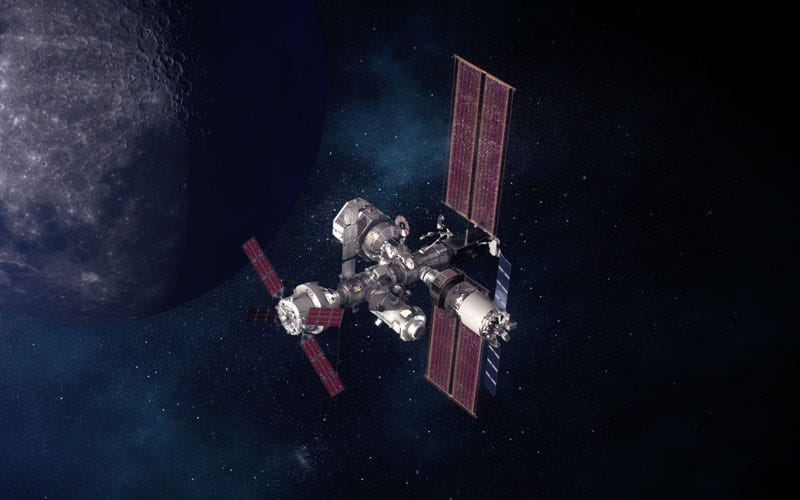With Donald Trump’s re-election and Elon Musk heading the newly created Department of Government Efficiency, uncertainty reigns as news cycles scramble to keep pace with rapid cuts, policy shifts, and executive orders. While Trump has yet to announce his stance on the agency’s Artemis programme, Musk, who has been granted wide-ranging authority by the new administration, has dismissed the current architecture as “a jobs-maximizing program,” declaring that “something entirely new is needed.” Musk has even gone so far as to call the Moon “a distraction,” advocating instead for an accelerated push toward Mars. The mercurial billionaire has, however, also advocated for a “permanently occupied lunar base,” and stated that the “Moon Station that Starship will enable will be great.” That said, his supportive comments were made in the first half of 2024, while his more dismissive remarks have come within the past two months.
The real-world impact of Musk’s Twitter …
Keep reading with a 7-day free trial
Subscribe to Europe in Space to keep reading this post and get 7 days of free access to the full post archives.





